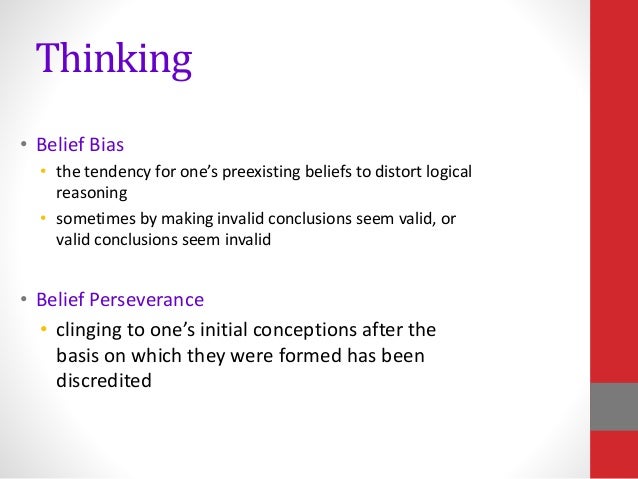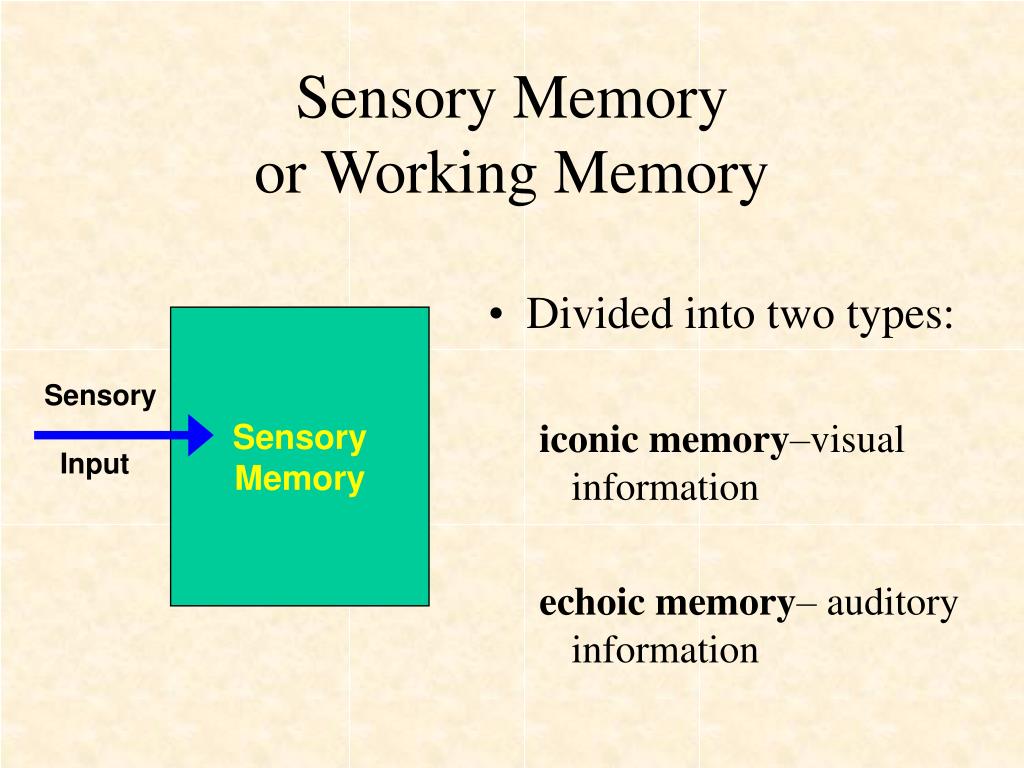

What are these “sins” exactly, and how can we learn to identify them? Sins of omission and sins of commission “Memory, for all that it does for us every day, for all the feats that can sometimes amaze us, can also be a troublemaker,” explains Daniel Schacter, Professor of Psychology at Harvard University, in his book The Seven Sins of Memory.


Whether it’s short-term memory allowing us to perform simple calculations on the fly, long-term memory which can store larger quantities of information, sometimes for a whole life span, or sensory memory which lets us retain impressions of sensory information after the original stimulus has ceased - our memory is a vital part of what makes us human. Retrieved October 22, 2019.“Our memory is a more perfect world than the universe: it gives back life to those who no longer exist,” once said French author Guy de Maupassant. Commentary on 40+ works of art by Salvador Dalí. Archived from the original on 25 September 2014.

The Persistence of Memory employs "the exactitude of realist painting techniques" to depict imagery more likely to be found in dreams than in waking consciousness. The fly appears to be casting a human shadow as the sun hits it. Another insect that is present in the painting is a fly, which sits on the watch that is next to the orange watch. Dalí often used ants in his paintings as a symbol of decay. The orange clock at the bottom left of the painting is covered in ants. The iconography may refer to a dream that Dalí himself had experienced, and the clocks may symbolize the passing of time as one experiences it in sleep or the persistence of time in the eyes of the dreamer. One can observe that the creature has one closed eye with several eyelashes, suggesting that the creature is also in a dream state. It can be read as a "fading" creature, one that often appears in dreams where the dreamer cannot pinpoint the creature's exact form and composition. The creature seems to be based on a figure from the Paradise section of Hieronymus Bosch's The Garden of Earthly Delights, which Dalí had studied. It is possible to recognize a human figure in the middle of the composition, in the strange "monster" (with much texture near its face, and much contrast and tone in the picture) that Dalí used in several contemporary pieces to represent himself – the abstract form becoming something of a self-portrait, reappearing frequently in his work. Smarthistory - Dali's The Persistence of Memory Asked by Ilya Prigogine whether this was in fact the case, Dalí replied that the soft watches were not inspired by the theory of relativity, but by the surrealist perception of a Camembert melting in the sun. This interpretation suggests that Dalí was incorporating an understanding of the world introduced by Albert Einstein's theory of special relativity. As Dawn Adès wrote, "The soft watches are an unconscious symbol of the relativity of space and time, a Surrealist meditation on the collapse of our notions of a fixed cosmic order". It epitomizes Dalí's theory of "softness" and "hardness", which was central to his thinking at the time. The well-known surrealist piece introduced the image of the soft melting pocket watch.


 0 kommentar(er)
0 kommentar(er)
